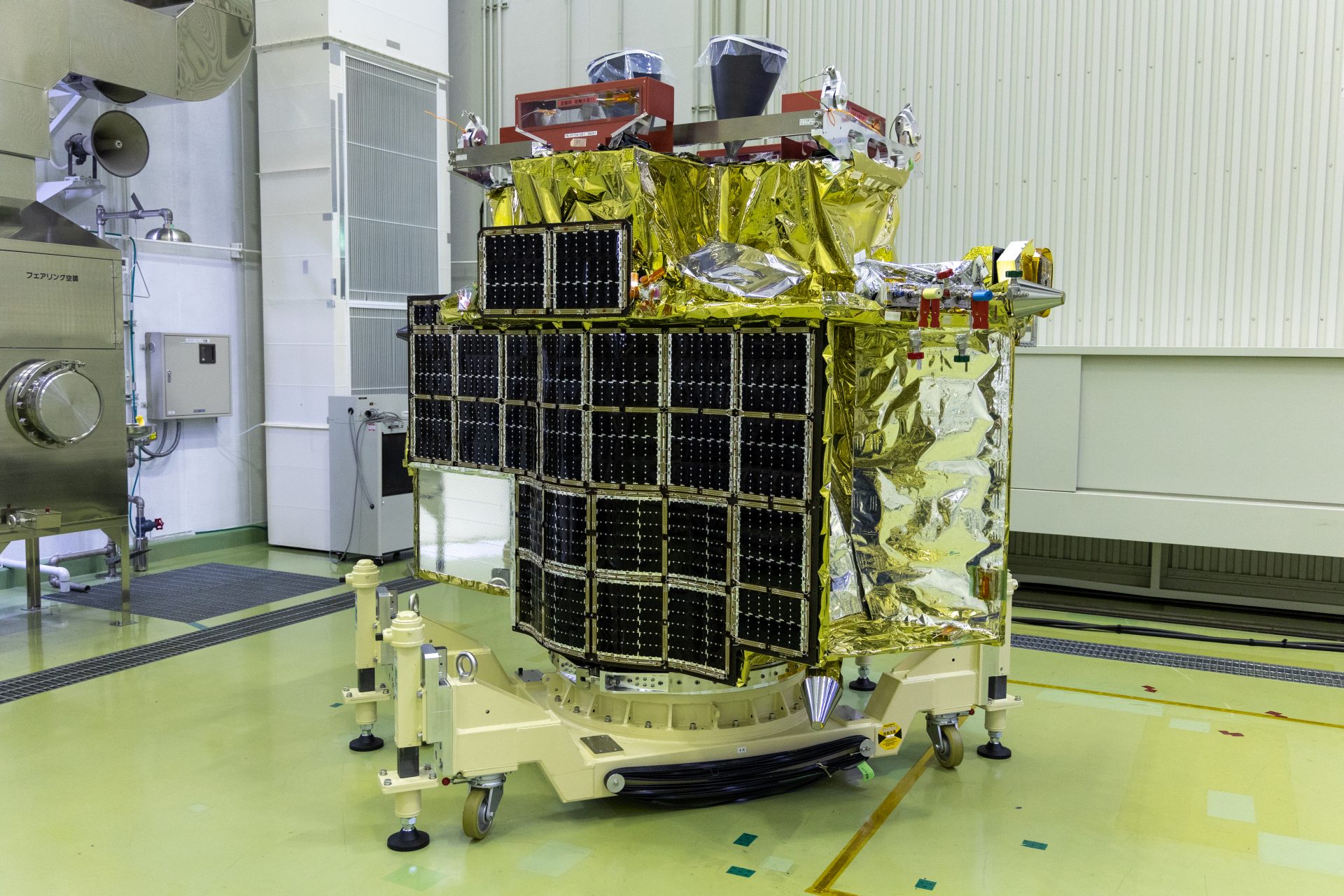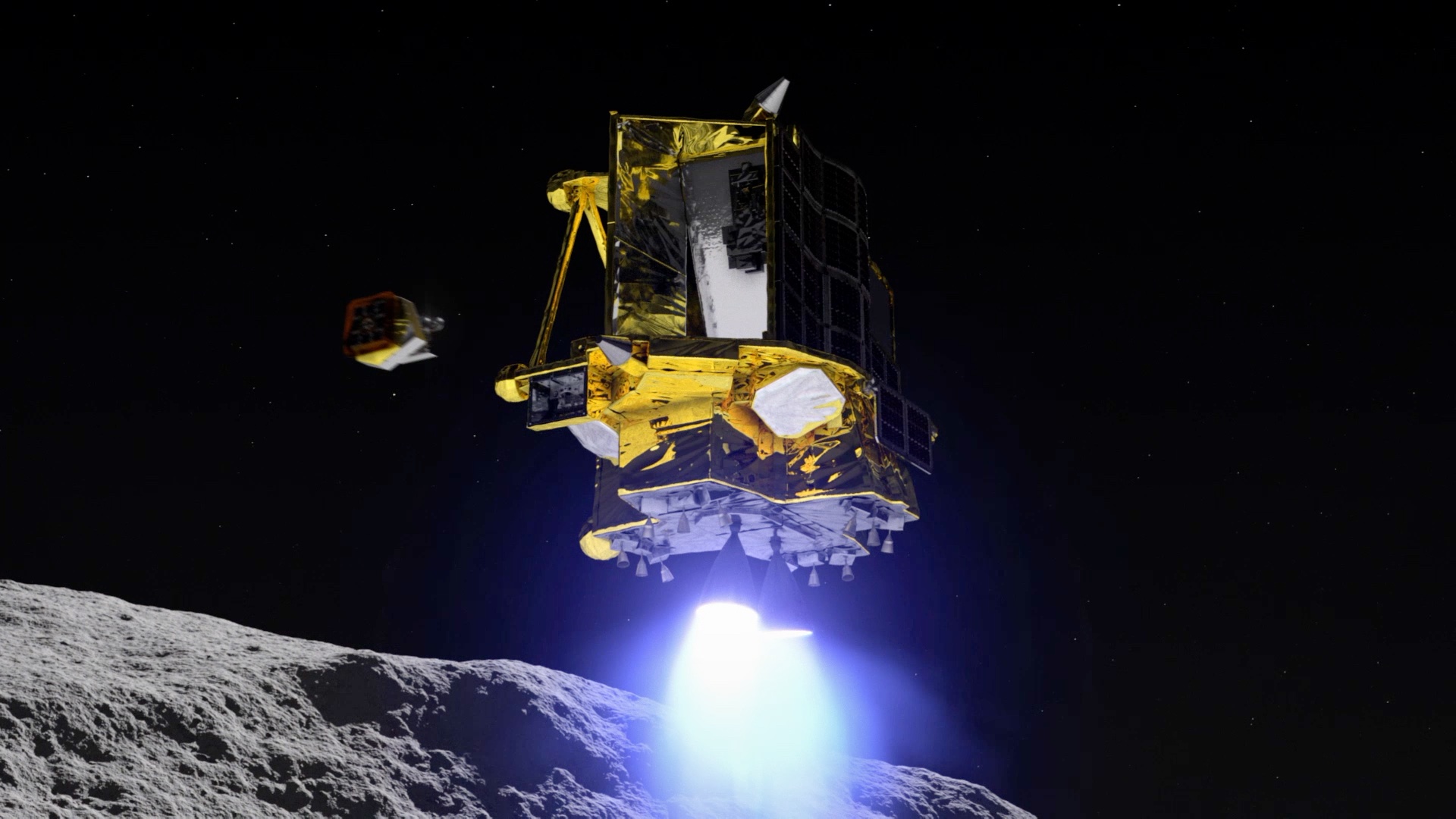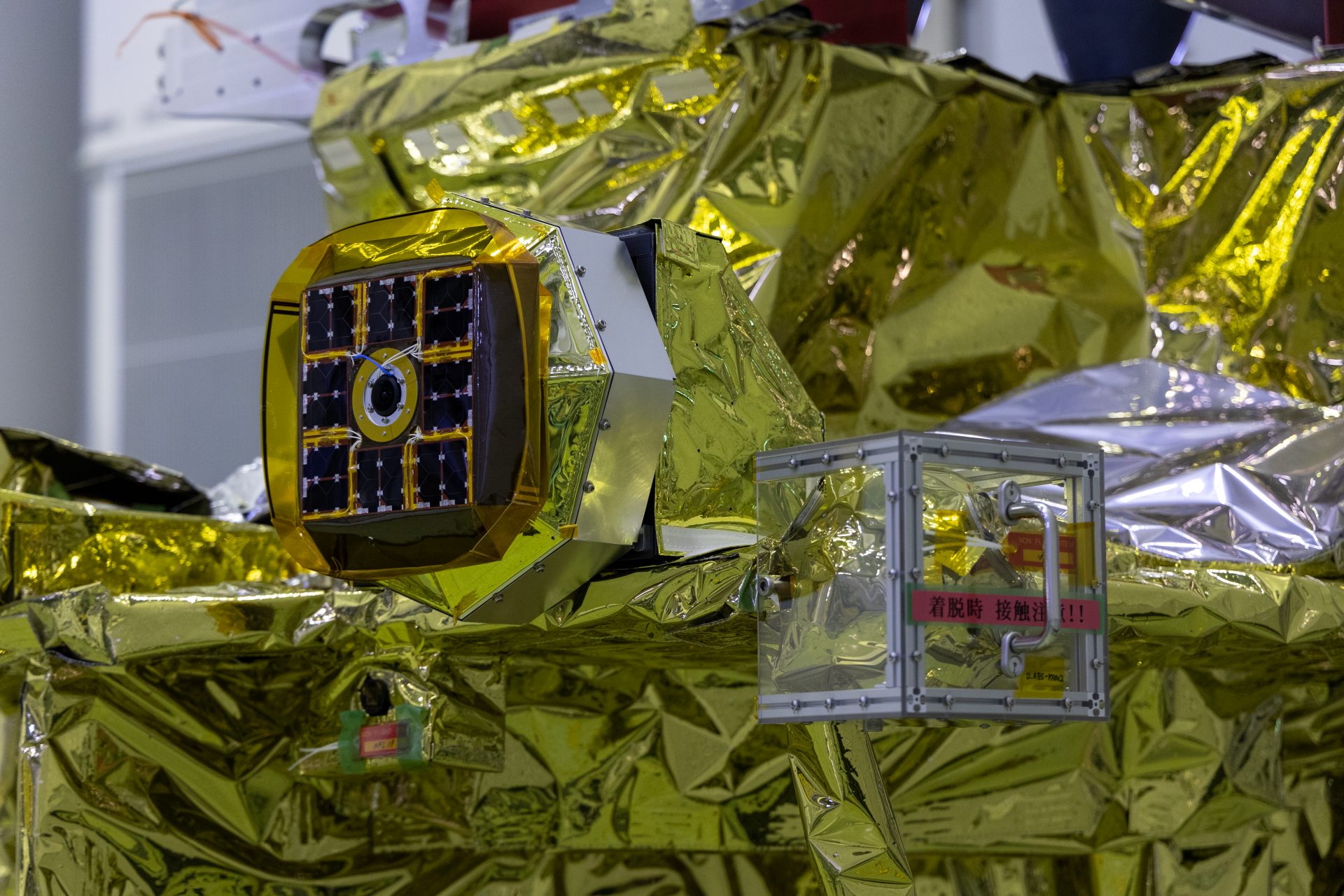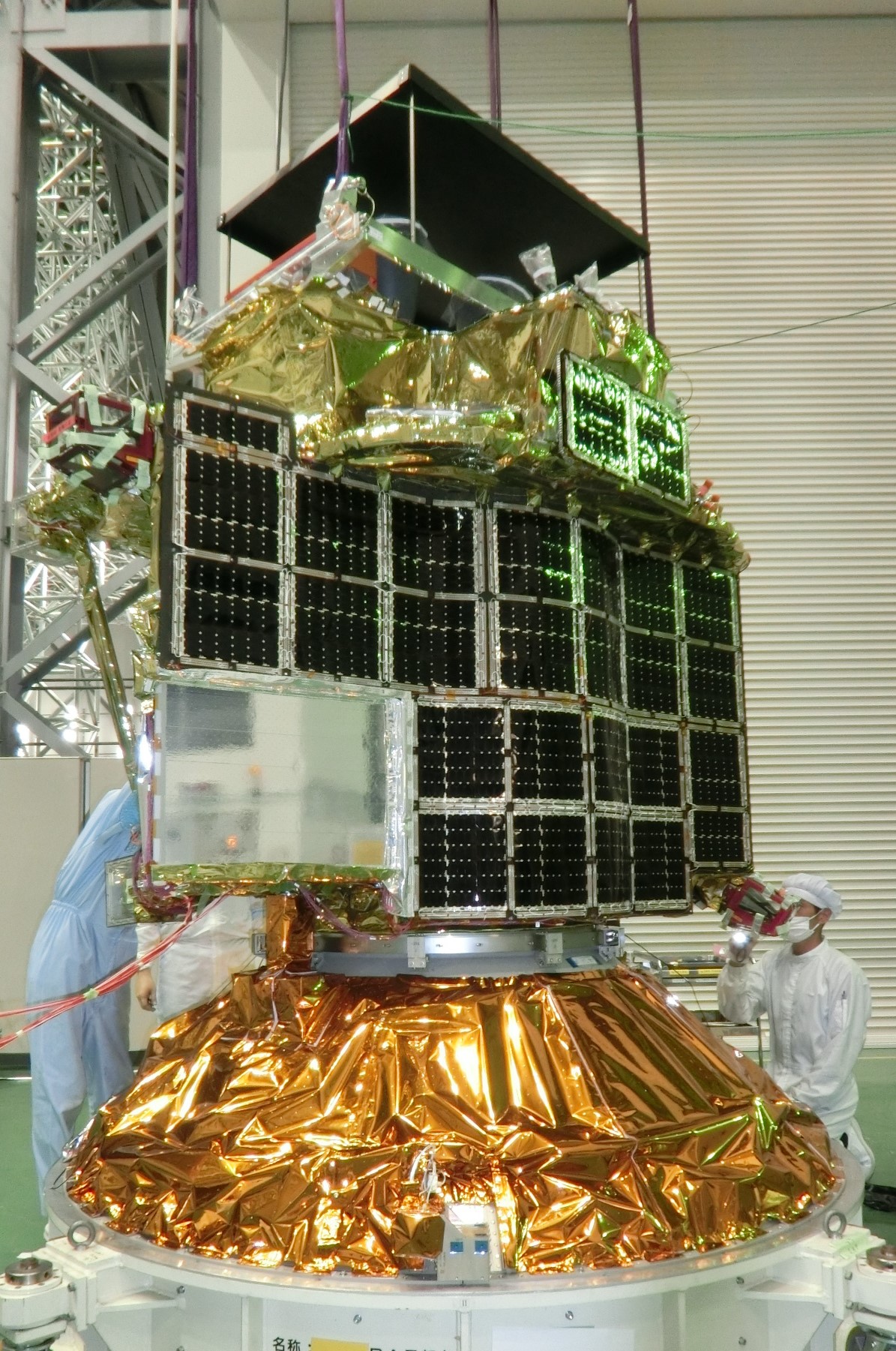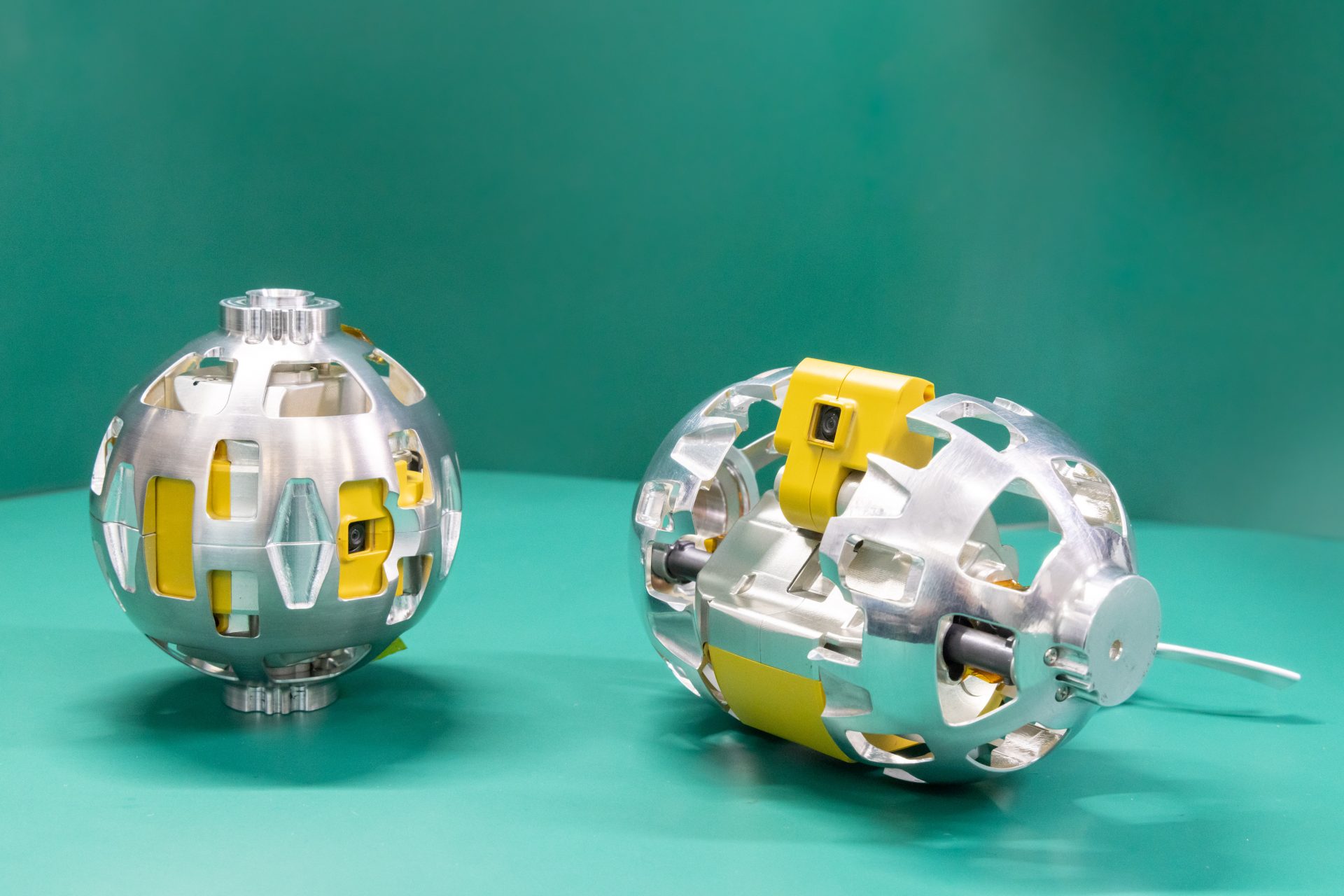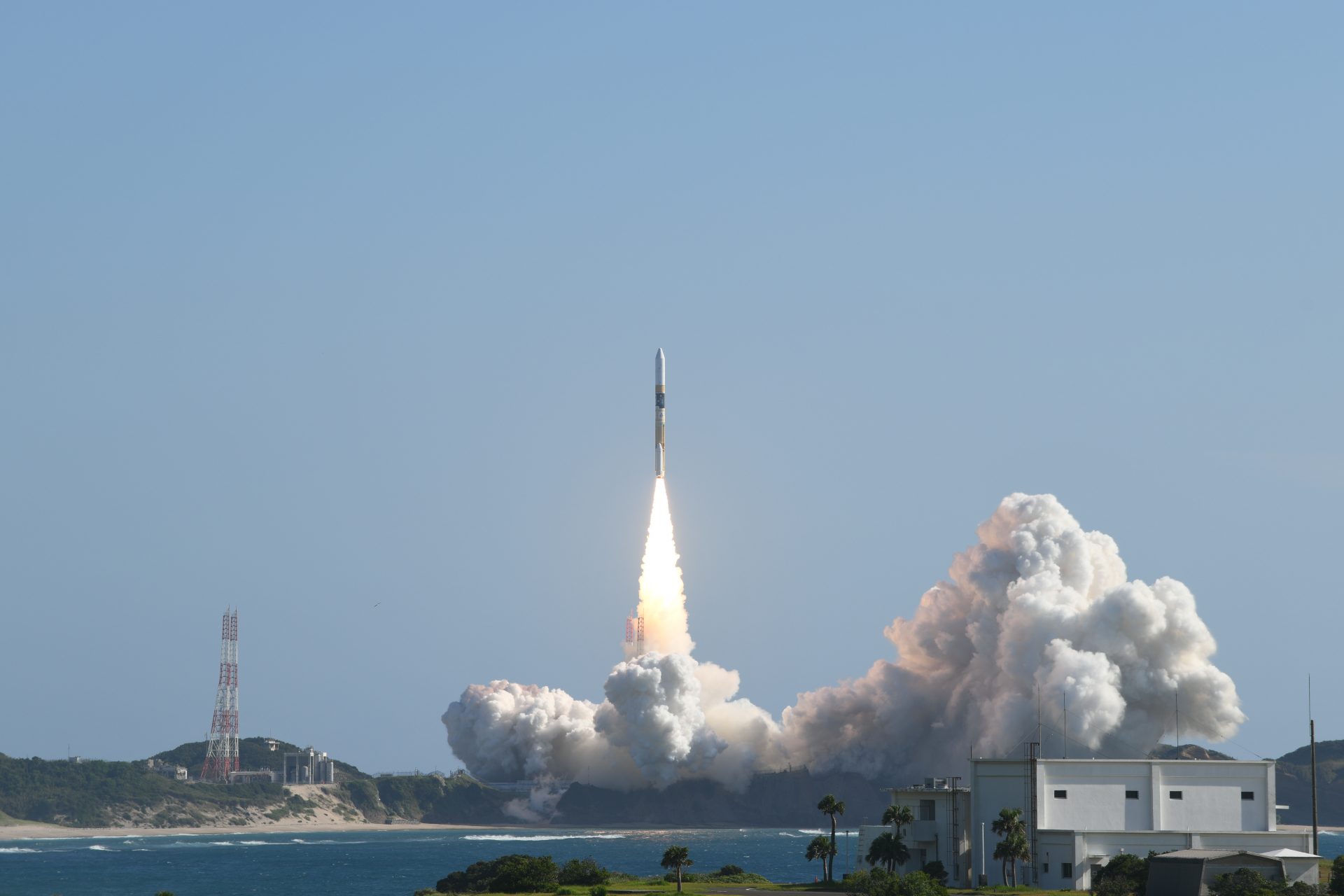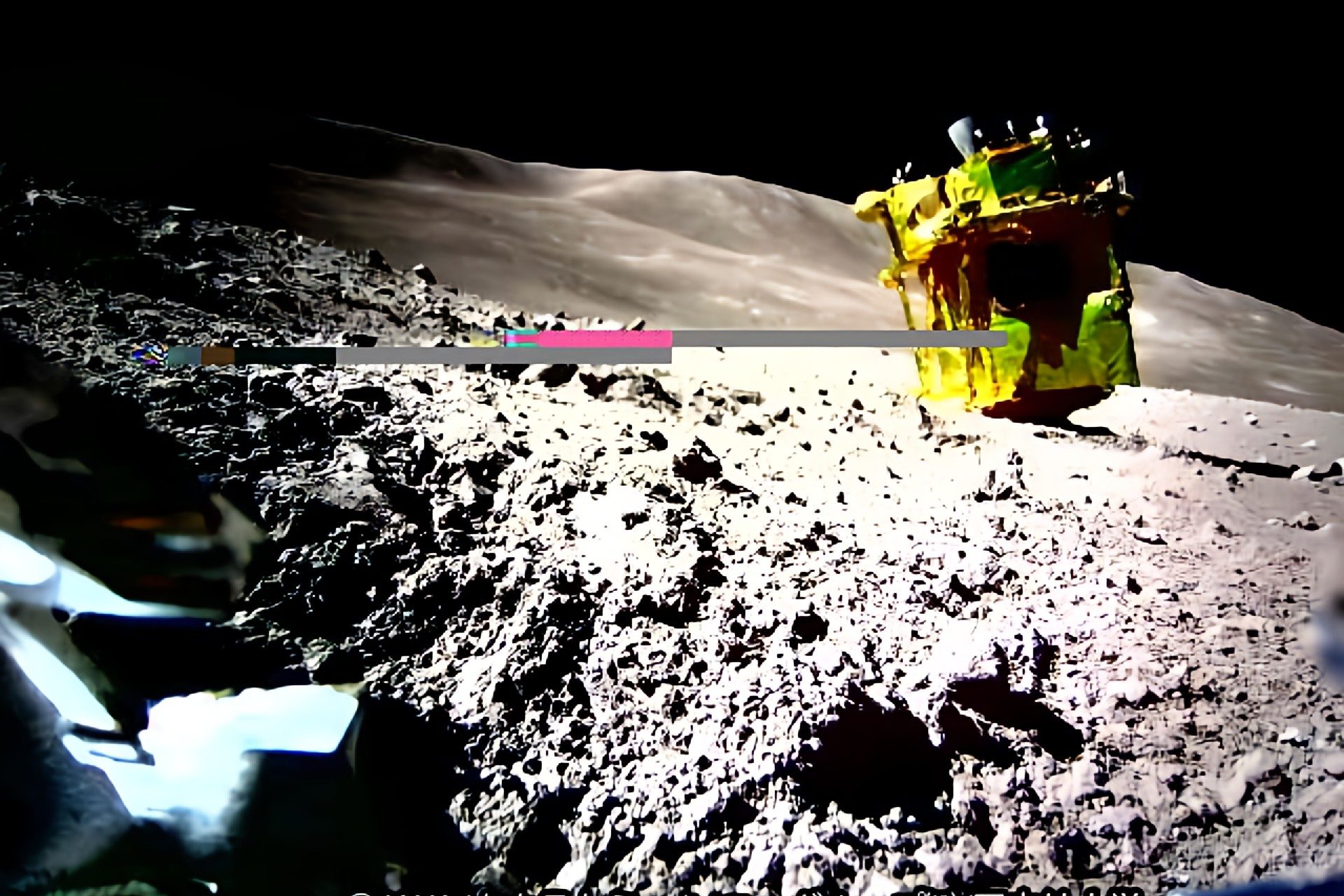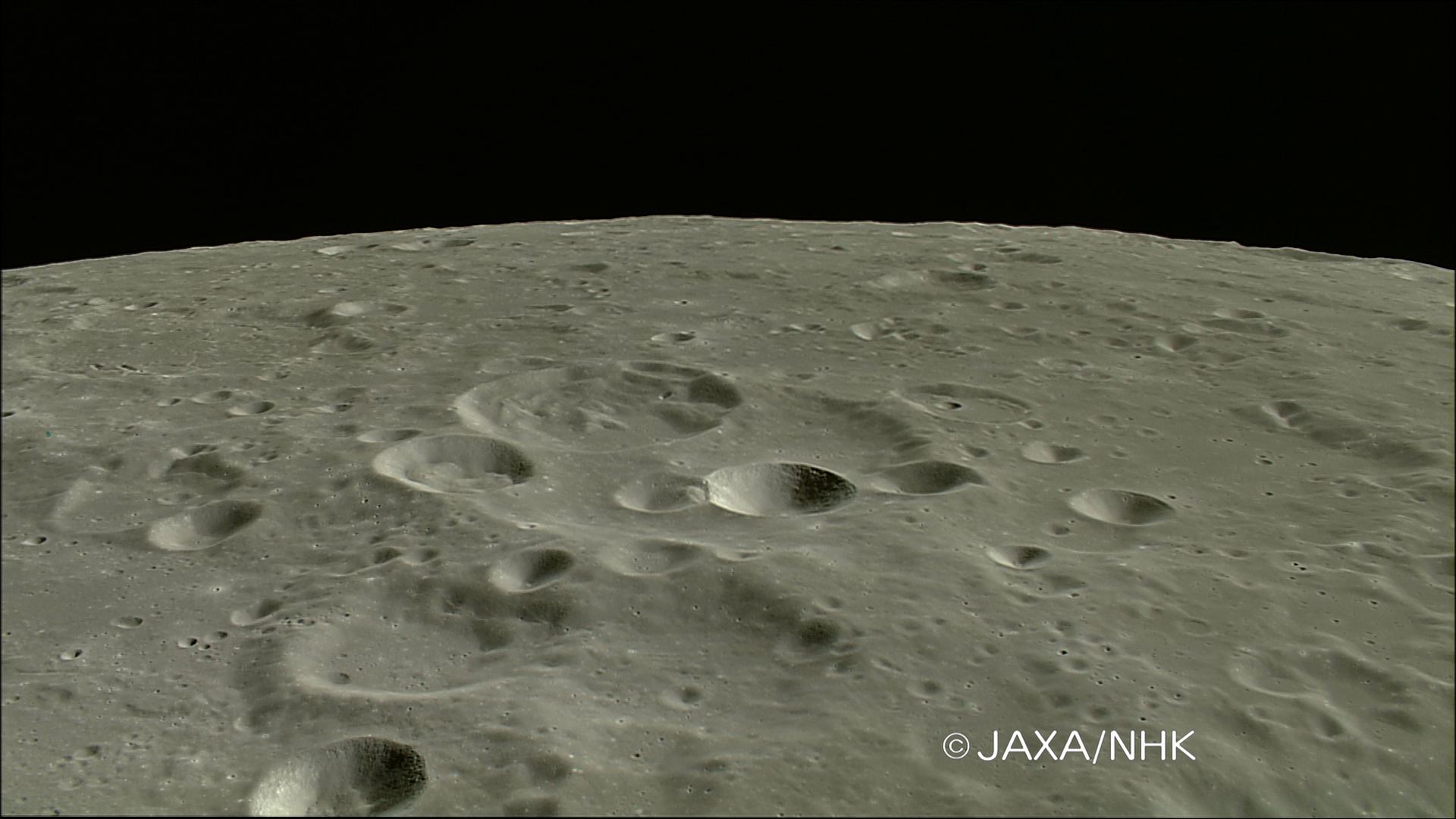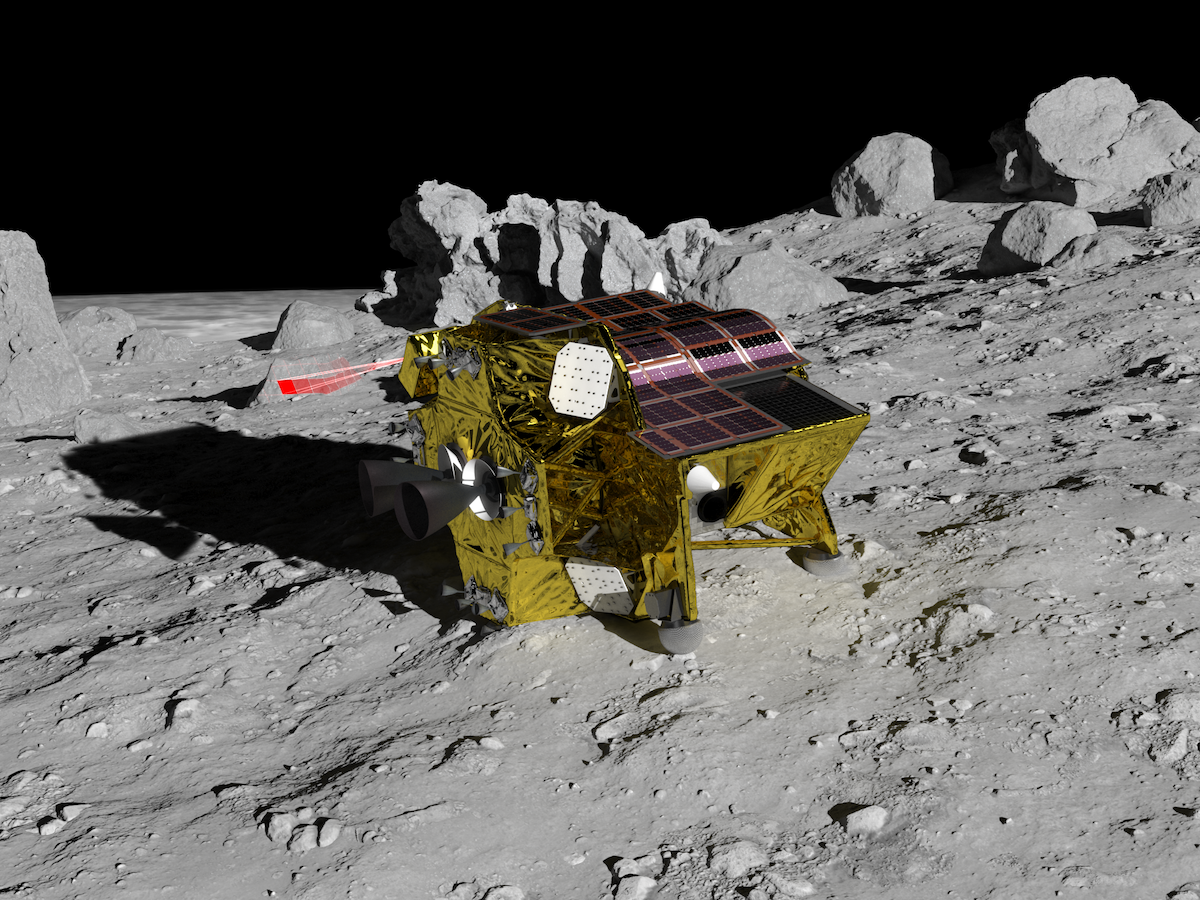Meet Japan’s SLIM lander: a craft that could discover the origin of the moon
On January 20th, the small lunar landing demonstration vehicle "SLIM" developed by the Japan Aerospace Exploration Agency (JAXA) landed on the moon, becoming the fifth country in the world to achieve this feat, following India last year.
Image: JAXA Digital Archives
According to NHK, SLIM became the world's first spacecraft to successfully make a "pinpoint landing," keeping the error from the target point within 100 meters.
Image: JAXA Digital Archives
According to JAXA, SLIM is the first step towards “exploration that gets off where you want to get off.” SLIM descended just 55 meters from its target point on the lunar surface, achieving unprecedented landing precision, opening up new possibilities for future exploration.
Image: JAXA Digital Archives
Another goal pursued by SLIM is to reduce the weight of the spacecraft. According to JAXA, future scientific exploration of the solar system will require advanced observation equipment, so spacecraft must be made lighter so more resources can be devoted to observation equipment.
Image: JAXA Digital Archives
To achieve this goal, JAXA made 3D-printed metal legs that absorb shock during landing, as well as miniaturizing the electronic equipment and reducing the weight of the power system.
Image: JAXA Digital Archives
SLIM is equipped with two handsets, that were developed by JAXA along with toy manufacturer Takara Tomy. When stored in SLIM, they look like a ball, but when released onto the lunar surface, they unfold like a transforming robot that can autonomously conduct exploration.
Image: JAXA Digital Archives
The H2A rocket carrying SLIM was launched from Tanegashima Space Center on September 7, 2023. After that, SLIM was inserted into lunar orbit through a “lunar swing-by'' orbit change that utilized the moon's gravity, and was waiting for an opportunity to land.
Image: JAXA Digital Archives
Right after SLIM’s landing, however, a problem occurred with one of the two main engines falling off. The aircraft ended up landing upside down. As a result, the solar cells were not exposed to sunlight, and they were initially forced to suspend operations. But then, there was a change in the angle of sunlight, so the solar cells began generating electricity, and SLIM was restarted.
SLIM, which has resumed operations, has been sending data analysis of the lunar surface to Earth. JAXA’s goal is to provide clues about the origin of the moon. By analyzing rocks at points where material inside the moon is thought to be exposed using a spectroscopic camera and comparing their composition with those on Earth, researchers will uncover how the moon came to be.
Image: JAXA Digital Archives
According to NHK, the SLIM landing site, the aircraft went dormant again in February 1st. It remains to be seen whether SLIM will be able to maintain its functionality due to the two weeks of -170 degrees Celsius nights on the moon. However, if it survives this frigid night, the sun, which will begin to shine again in mid-February, may help it resume operations.
Image: JAXA Digital Archives
More for you
Top Stories



